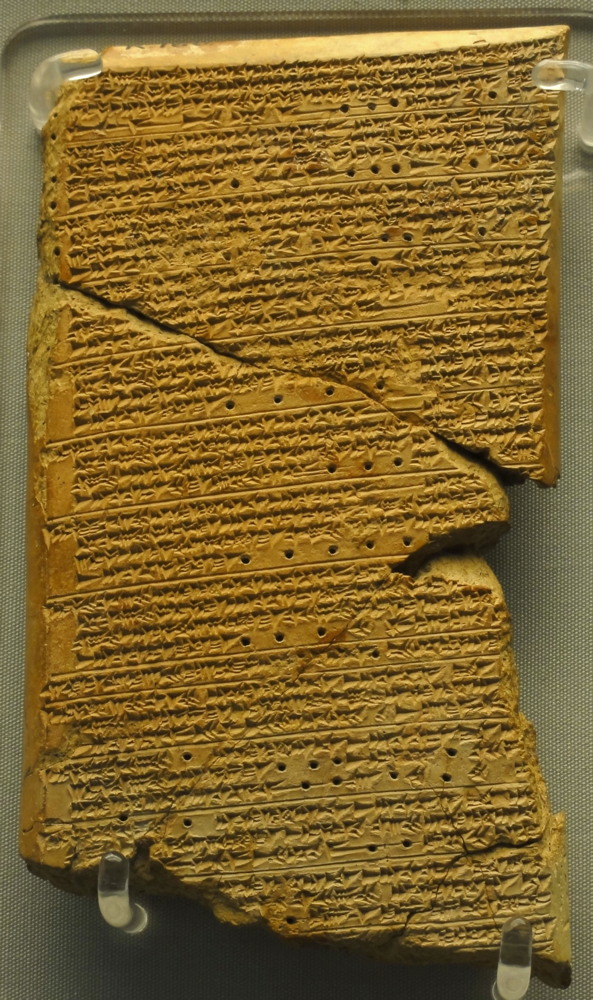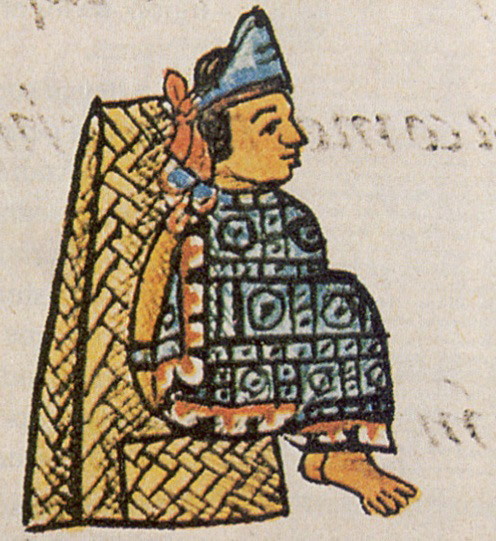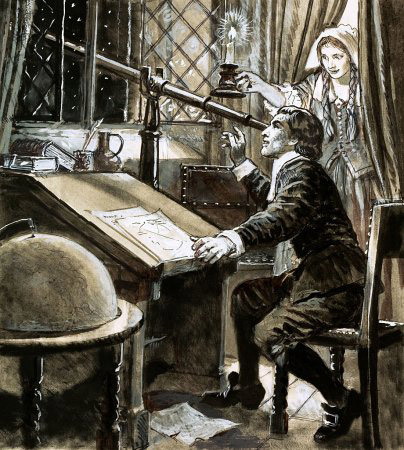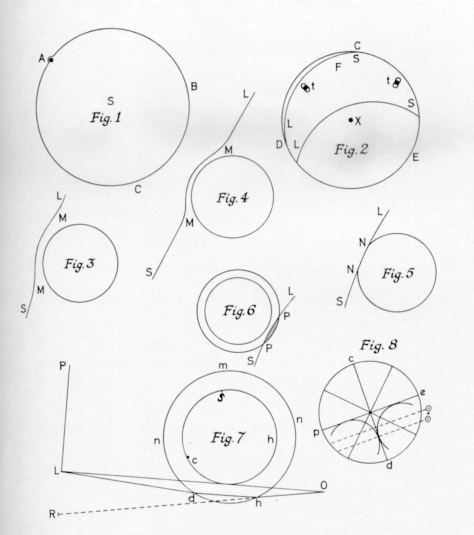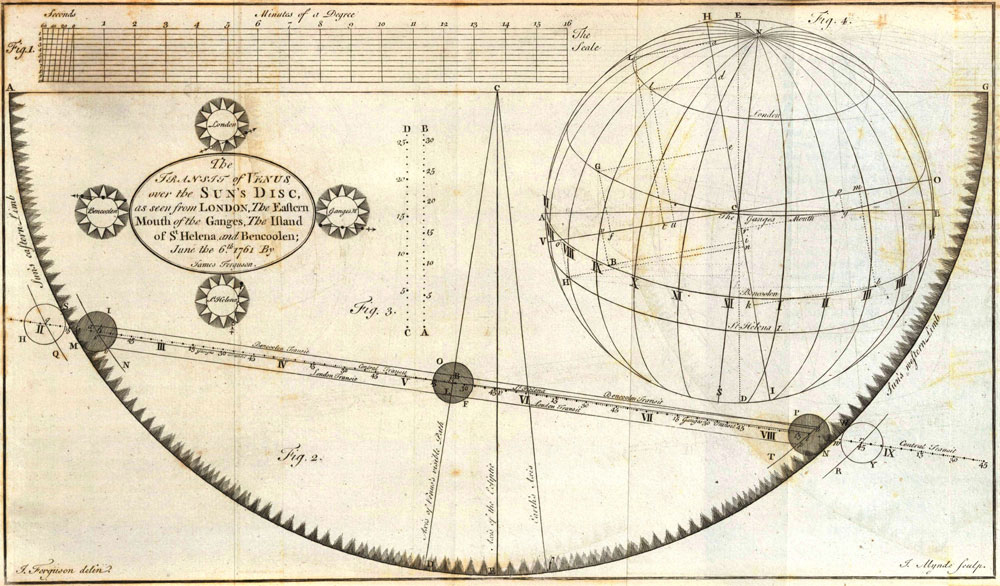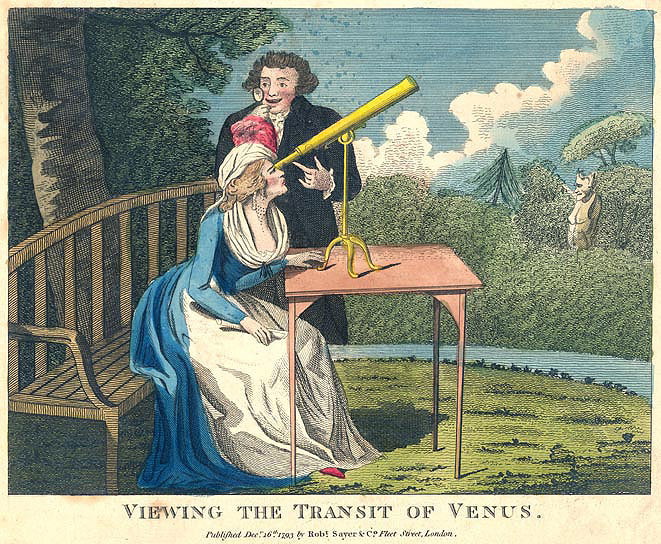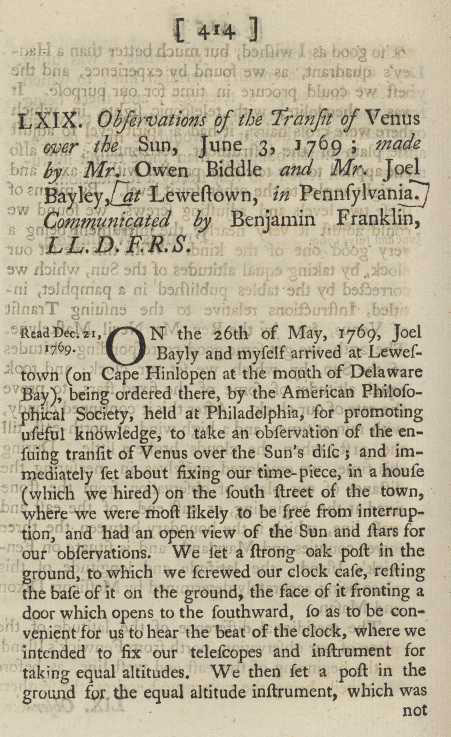Transit of Venus Across the Sun Through History (Gallery)
'Venus' Tablet of King Ammizaduga
A transit of Venus occurs when the planet crosses the face of the sun, as seen from Earth. In this gallery, we look at the Venus transit as recorded throughout history. The ancient Babylonian Venus Tables of Ammizaduga (shown here) contains information about the movements of Venus, but mentions no transit, though the Babylonians had opportunity to see ones in 1512, 1520, and 1641. [See our Transit of Venus 2012: Complete Coverage Special Report.]
Montezuma
Could Montezuma, the great Aztec leader, have seen the Venus transit in 1518 AD? It would have been visible to him at sunset. In the British Museum, a jade figure of the god Quetzalcoatl, related to Venus, wears a sun as a neck ornament, possibly marking the rare event.
Galileo Venus Drawing
Around 1610, Galileo discovered that Venus has phases similar to the moon's. (His drawing is shown here.) These phases are only possible if Venus orbits the sun, thus the planet helped confirm the heliocentric model of the solar system developed by Copernicus.
Johannes Kepler
Johannes Kepler analyzed the astronomical data of Tycho Brahe, and formulated three important laws of planetary motion. He predicted the Venus transit of 1631, though was not able to witness it, having passed away in 1630.
Jeremiah Horrocks
English astronomer Jeremiah Horrocks is considered the first human to have witnessed a Venus transit. He concluded that existing information about planetary positions was incorrect, so he gathered his own data, allowing him to correctly predict a transit of Venus in 1639 (which Kepler had not foreseen).
Torben Bergman Black Drop Effect Drawing
On June 5, 1761 the transit of Venus was observed by 176 scientists positioned all over the world. Russian astronomer Mikhail Lomonosov noticed a halo of light that surrounded the disk of Venus as it crossed the edge of the sun, and deduced that Venus must possess an atmosphere. Shown here are drawings of Venus and the "black drop effect" by Torben Bergman, later discovered to be caused by image blurring and solar limb darkening.
Lomonosov's Venus Atmosphere Sketch
The atmosphere of Venus seen during the 1761 transit was sketched by Russian astronomer Lomonosov. Here the atmosphere is sketched as a ring in figs. 6 and 7.
Breaking space news, the latest updates on rocket launches, skywatching events and more!
James Ferguson's Sketch of the 1761 Venus Transit
James Ferguson's sketch of the path of Venus across the sun disk on June 6, 1761 emphasized the dryly technical aspects of the event.
French Cartoon of Venus Transit Viewing
The transit of Venus on June 3, 1769, led to the publication of 400 sightings. Benjamin Franklin observed it in the United States, as did explorers Mason and Dixon at the Cape of Good Hope. Many international expeditions were launched to observe the event.
First Page of Venus Transit Article by Benjamin Franklin
Benjamin Franklin of the U.S. Continental Congress sponsored the publication of the 1769 Venus transit measurements taken by Biddle and Bayley. This image shows the first page of the article in the British publication, Philosophical Transactions of the Royal Society.
Stamp Commemorating Cook's Transit Expedition
Captain Cook undertook perhaps the most famous expedition to observe the transit of Venus on June 3, 1769. Aboard the H.M.S. Endeavor, he and his crew reached Tahiti, where an observatory was set up on a high point still known as "Point Venus" today. The expedition astronomers made many measurements successfully, and the Black Drop Effect was studied carefully.

Space.com is the premier source of space exploration, innovation and astronomy news, chronicling (and celebrating) humanity's ongoing expansion across the final frontier. Originally founded in 1999, Space.com is, and always has been, the passion of writers and editors who are space fans and also trained journalists. Our current news team consists of Editor-in-Chief Tariq Malik; Editor Hanneke Weitering, Senior Space Writer Mike Wall; Senior Writer Meghan Bartels; Senior Writer Chelsea Gohd, Senior Writer Tereza Pultarova and Staff Writer Alexander Cox, focusing on e-commerce. Senior Producer Steve Spaleta oversees our space videos, with Diana Whitcroft as our Social Media Editor.
